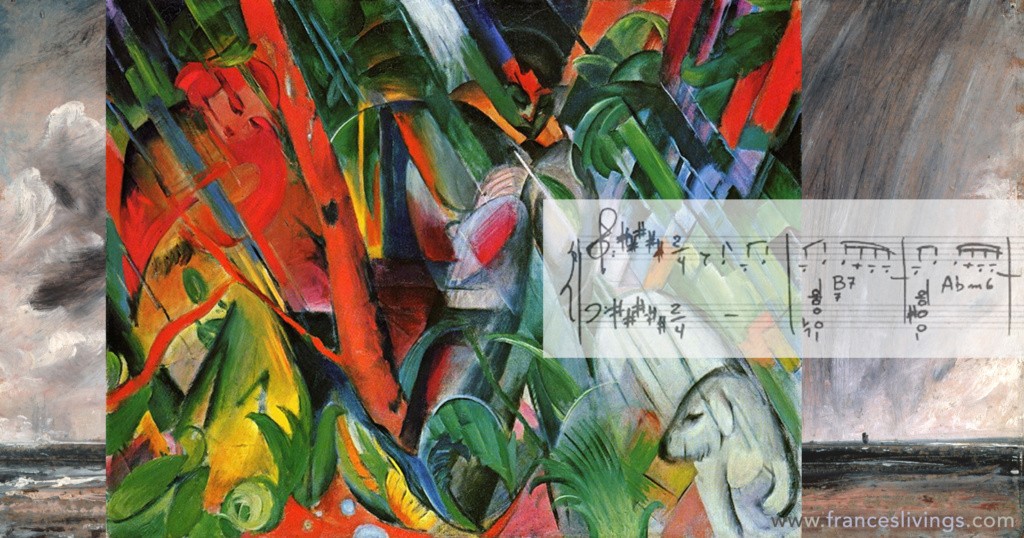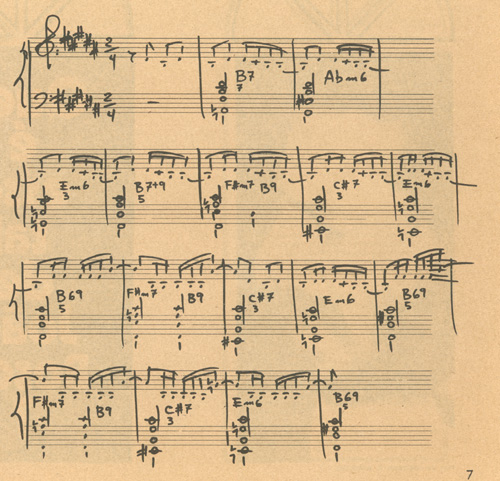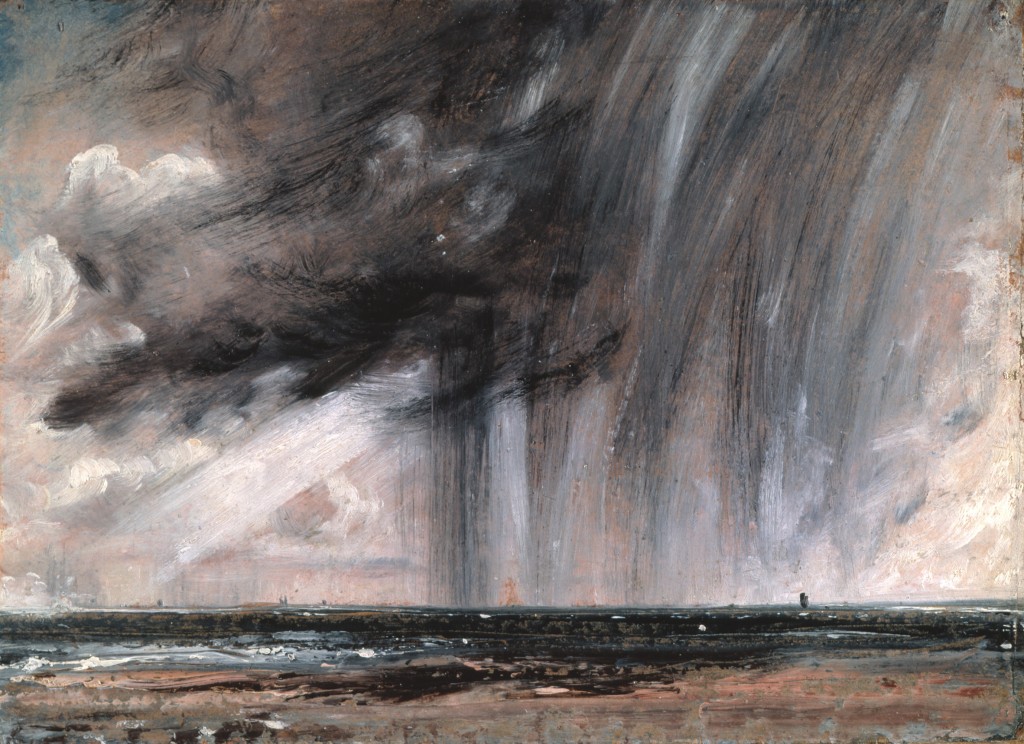Frances Livings’ Ipanema Lounge
I am very excited to announce that we have almost finished recording a new 12-song world jazz album called “Ipanema Lounge”. The songs range from dramatic and emotional, melancholic, to up-tempo, fun and groovy. Atmospherically, the recordings create a blend of Southern European sounding music and Latin jazz – I have not only sung in English but also in French, Spanish and Portuguese.
Co-produced with the guitarist, arranger, composer and producer Greg Porée, I feel very fortunate that we have been able to attract not only the best musicians in Los Angeles but also a great diversity. Please look at a list of the credits down below. We are hoping to have the album mixed and completed as a physical CD by the end of May 2015. I will be presenting the demo album at the internationally attended Jazzahead conference in Bremen, Germany this April 2015 to gain some support with booking, management and promotion.
Ipanema Lounge has grown as a project in an interesting way over the last few months. The project evolved from being a tribute to Antônio Carlos Jobim to becoming a repertoire of very unique and interesting, international songs. Originally, Greg Porée and I were seeking for some music that would allow us to perform together. Greg’s music is instrumental and guitar-oriented and mine is more piano based and rarely features the guitar. So I started searching for songs that would not only feature both the voice and the classical guitar but also represent some kind of special theme.
Suddenly I found myself emerged in a lot of music in foreign languages. For reasons I cannot explain, I felt very connected to songs in these romance languages, to their different sounds and colourings. This suddenly – being the word and language lover I am – became another new and exciting avenue to explore. One of the best compliments I recently received after one of our shows was someone saying that she had felt transported to all these different countries, as if she had just been on holiday.
Some of these songs were new discoveries but others I have been cherishing now for quite a long time. Like “La Puerta”, one of my all time favourite ballads. It was originally written by the Mexican songwriter Luis Demetrio (1931-2007) and made popular in Europe by the Dutch singer Laura Fygi. I later discovered that Demetrio co-wrote another favourite song of mine, “Sway” with the bandleader Pablo Beltran Ruiz (1915-2008) which is also on the album, half in English and half in Spanish. The English lyrics are by Norman Gimbel who became famous through his English lyrics of “The Girl From Ipanema”, an Antônio Carlos Jobim song I also sometimes sing live.
Greg Porée, who has worked for countless international artists, was also the lead guitarist in the orchestra of the BBC hit show Dancing with the Stars for eight years. The repertoire ranged from rap to classical. Greg’s spectrum of musicality therefore stems from so many areas. Live and on these recordings he delivers not only the harmonious tones of the classical guitar but also the inventive arrangements and creative grooves that make the recordings so unique. Our recording of the famous Jobim song, Waters of March stands in a way for Greg’s inventiveness. By creating a harp-like arpeggiated guitar figure, the notion of a flowing river was created.
I am a jazz vocalist with a background in pop, electronica and nujazz. It was therefore natural for both Greg and me to applied a creative fusion-approach with soul and pop influences to the songs. The infectious grooves on the fun and up-tempo songs, like Sway and Aganjú, are typical for Latin jazz and is very much coined by our drummer and percussionist. This world-jazz approach has already garnered us in Los Angeles a loyal audience of both jazz enthusiasts and those who have never considered themselves jazz fans.
Credits:
Frances Livings – vocals
Greg Porée – guitar
Jeff Colella – piano & keyboards
Darrell Diaz – keyboards
Trey Henry – upright bass
Isaias Elpes – electric bass
Joe Ayoub – upright bass
Joey Heredia – drums & percussion
Sandro Feliciano – percussion
Nolan Shaheed – trumpet
Mariano Dugatkin – bandoneon
Recorded at Nolan Shaheed’s in Pasadena, produced by Frances Livings & Greg Porée 2015
The Ipanema Lounge project gives you the sweet sounds of Brazilian music that are sure to please. ~ Paul Anderson, KJAZZ 91.5










